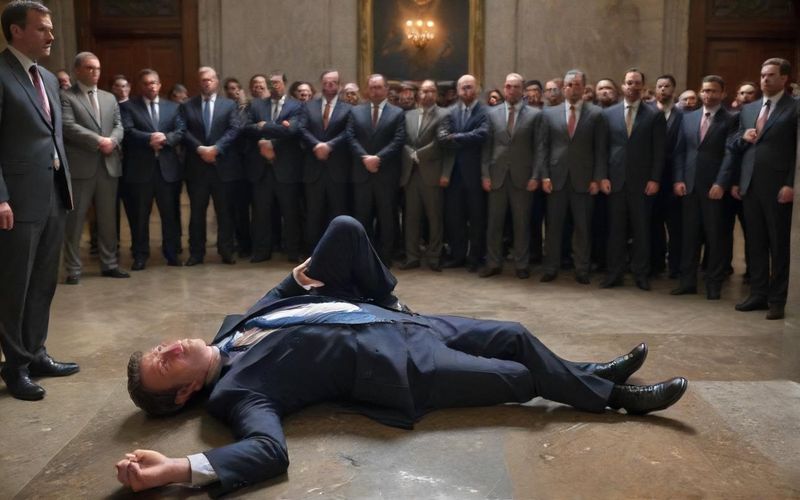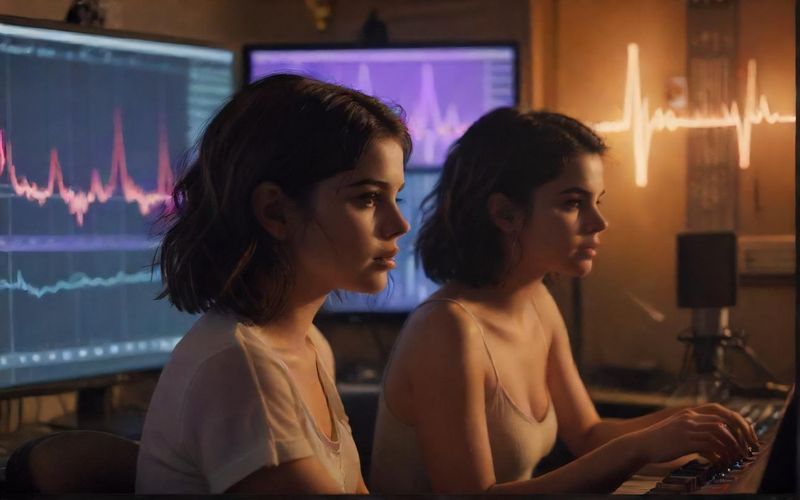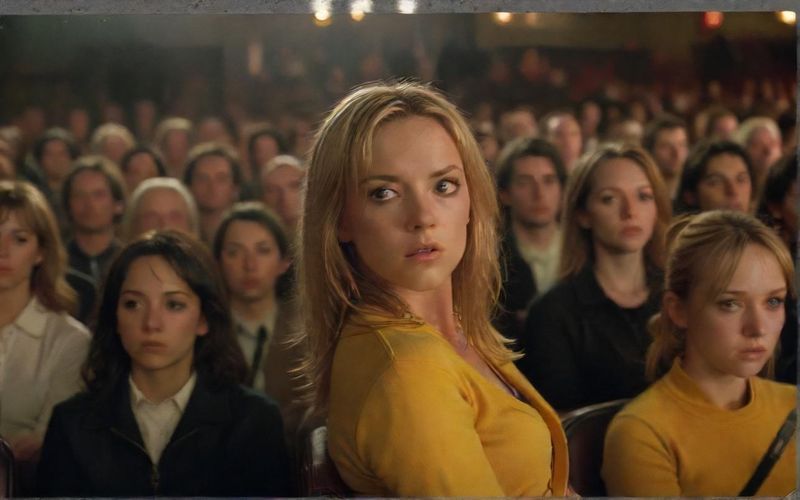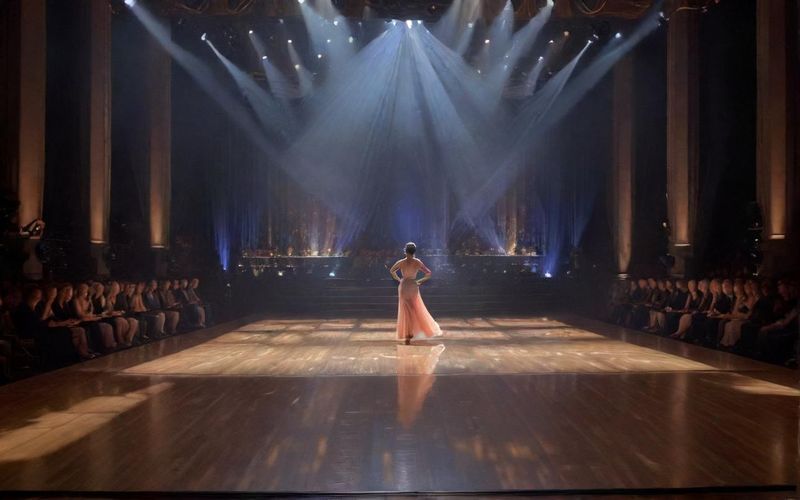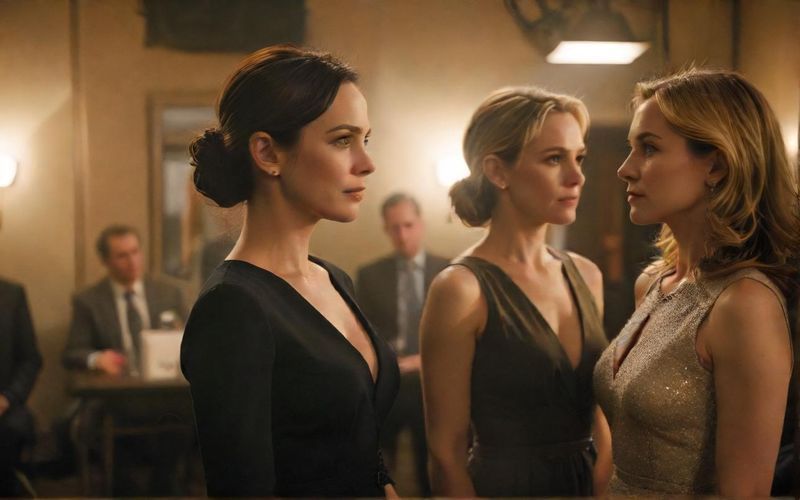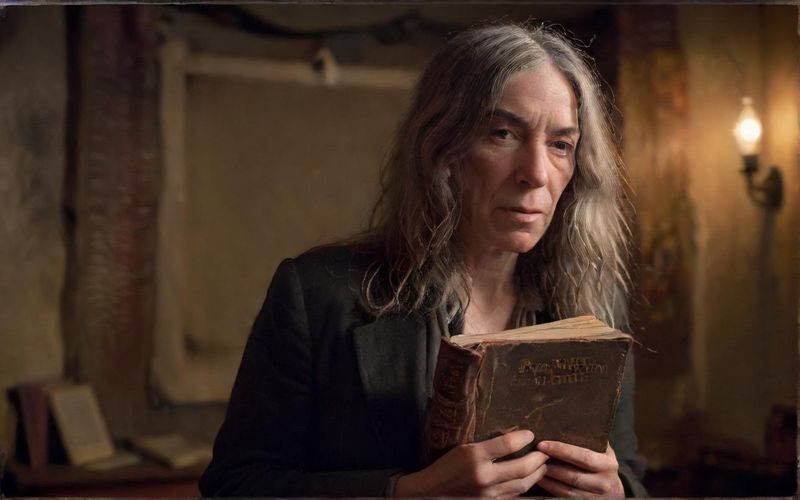Grammy Noms 2026: New Categories, Surprises

This eligibility window, stretching from August 31, 2024, to August 30, 2025, means that while some titans of the industry might be on the sidelines – Taylor Swift’s latest, for instance, won’t be eligible – it opens the door wider for a vibrant spectrum of emerging and established talents. We’re seeing familiar names like Kendrick Lamar and Lady Gaga potentially vying for top honors, their consistent output demonstrating a remarkable ability to innovate and connect. Bad Bunny’s latest offering also hints at a strong showing, a testament to his undeniable global impact.
What’s particularly fascinating this year is the evolution of the Grammy categories themselves. The introduction of a new Best Album Cover category feels incredibly timely. In an era where visual aesthetics are so intrinsically linked to an artist’s narrative, Sabrina Carpenter’s visually arresting work on “Man’s Best Friend” immediately springs to mind. It acknowledges that the artistry doesn't end with the sound; the packaging, the visual storytelling, is an integral part of the complete artistic statement.
Equally significant is the bifurcation of the Best Country Album category. The decision to split it into Best Traditional Country Album and Best Contemporary Country Album, a clear nod to the impact of Beyoncé’s historic win for “Cowboy Carter,” is a thoughtful response to the genre’s expanding definition. It recognizes the distinct voices and traditions within country music, ensuring that both the purists and the innovators get their due. This feels like a move towards greater inclusivity and a more nuanced understanding of musical landscapes, which is always a welcome development.
Beyond the established names and the category shifts, the nominations are also a beacon for what’s next. We’re hearing buzz about breakthrough British artists like Olivia Dean and Lola Young potentially making waves in the Best New Artist category. Their presence, alongside US singer-songwriter Alex Warren, underscores a global shift in talent and the increasing interconnectedness of music scenes. These are the artists who, with their fresh perspectives and innovative sounds, are shaping the future of music, and their potential recognition feels like a validation of their courage to be different.
Watching artists like Chappell Roan and Sabrina Carpenter, who have rapidly ascended to stardom, participate in the announcements themselves speaks volumes. It’s a beautiful full-circle moment, a powerful visual of where they’ve come from and the heights they’ve already achieved. It reminds us that the journey to Grammy recognition is one of immense dedication, unwavering passion, and a deep, innate connection to the art form.
As we pore over the list of nominations, it’s easy to get lost in the speculation. But beyond the individual accolades, the grammy nominations 2026 serve as a mirror to our times, reflecting the diverse sounds and stories that have resonated with us. They invite us to revisit the music that moved us, challenged us, and ultimately, brought us together.
With the winners set to be revealed in February, the real question isn't just who will win, but what new conversations will these nominations spark about the very nature of musical excellence and its place in our culture?
